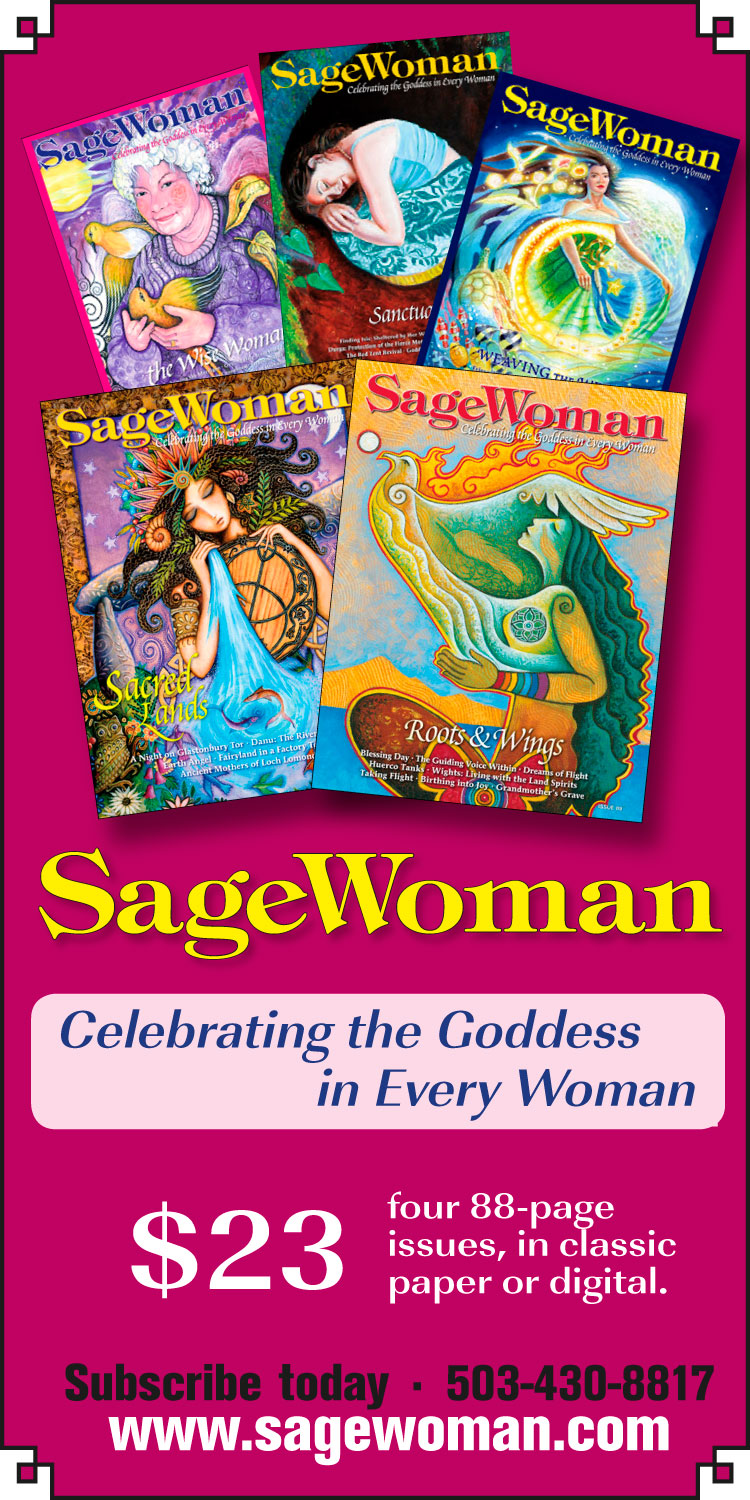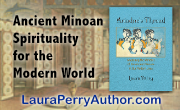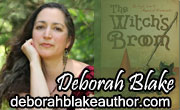
What is a spell? Is it the gathering together of specific items such as crystals, herbs, and colored candles during certain phases of the moon to heal? Is it the power of an invocation chanted by a coven to bring a deity? Is it a song sung by a mother to her child to soothe them? Is it the drawing of a certain symbol on the ground of a sacred space designed to protect it?
If we define magick as the process of focusing intention and applying will to situations, objects, and energy around us to cause a change in consciousness, then all of these activities are kinds of spells. They are all forms of magick in their own way.
So with that in mind, we may also consider the visual art-making process as a magical path. Of course, not every piece of art is a magickal working, but with the right elements and conditions, it has the potential.
Art can be created to take on a variety of magickal purposes - here are a few examples:
-A painting or statue created to represent a deity, to remind us of the divine
-A vessel or sculpture created to house a spirit or other sort entity
-A work created for as a focus for meditation or to transform a person, place, or thing
-Work created to be an interactive altar, sacred space or be part of an altar offering
And while nearly any object can be re-purposed for use in magick, there is something extra special about an item that was handcrafted with that intent in mind. Why?
As an artist, when I sit down to create a painting, piece of jewelry, drawing, or sculpture, there are numerous steps and factors involved. I generally (and prefer to) create my work in my studio space, which is essentially my personal sacred space. I consider what I wish to work on, making a list of what I need. I carefully prepare the area that I work in/on/around and painstakingly gathering my materials. I choose the light, music, and time aside needed to focus - and then I get to work. If I am creating a custom painting for a client, then I am meditating on them and their needs. If I am creating a piece that relates to a deity, then I approach them respectfully and allow a dialogue to occur that brings them into the process.
I find that creating work is a balance of conscious, subconscious, and unconscious levels of awareness and thought. If I am too much in any one area (overthinking, or perhaps too much in trance), the work will not be as successful. The body, mind, and spirit must be in alignment, yet also be fluid enough to allow for change.
Through much experimenting and observation over the last 20 years, I have recognized the similarities between the state of being I experience during classic spellcraft and when I am creating art infused with magick. The energy transfer feels identical, and as I have studied the work and experiences of other artists, I have noticed similar results in the product. It has its own buzz that you not only see, but feel. Whether it's a ceramic chalice, a talisman necklace, an elemental mask, a goddess sculpture, or painting of a god - the hand-worked, mind-forged, spirit-infused item seems to possess something more, right from the start, and continues to build as it interacts with the world around it.
Just like any good traditional spell, it requires skill and knowledge in the medium, the ability to focus one's intent and energy, and the patience, dedication, and understanding of working with the project and seeing it through until the end.
If you don't consider yourself an artist, that's OK. Think about the art and artful objects you may have in your home, be they originals or copies. Why did you choose those pieces, or how did they come to you? How do they make you feel? Why do you have certain things in specific places? What about art or objects that you have left behind, given away, or sold?
If you are an artist, and this is new and intriguing to you, then consider what media you are best in, and what sort of magick it may lend itself to. Over the years I have created deathmasks and psychopomp portraits, spirit portals, fetishes, drawings to bring about change, paintings for meditation, altar objects, and energizing talismans to name a few. There's a lot of potential out there, when you have the right mindset and skill to make it happen.

 I had to smile when you started talking about mugs. I have a mug that was given to me by a good friend of mine, just before she di
I had to smile when you started talking about mugs. I have a mug that was given to me by a good friend of mine, just before she di
















